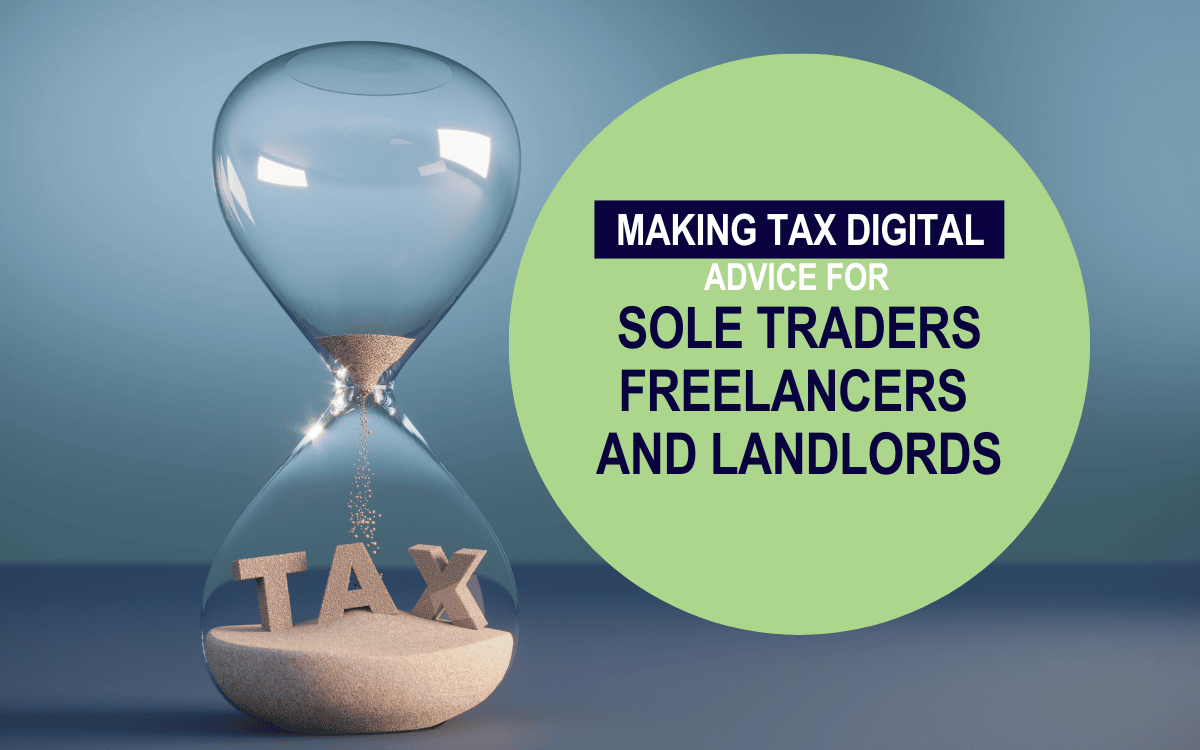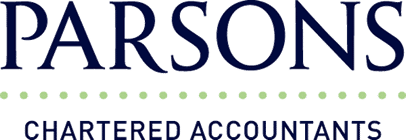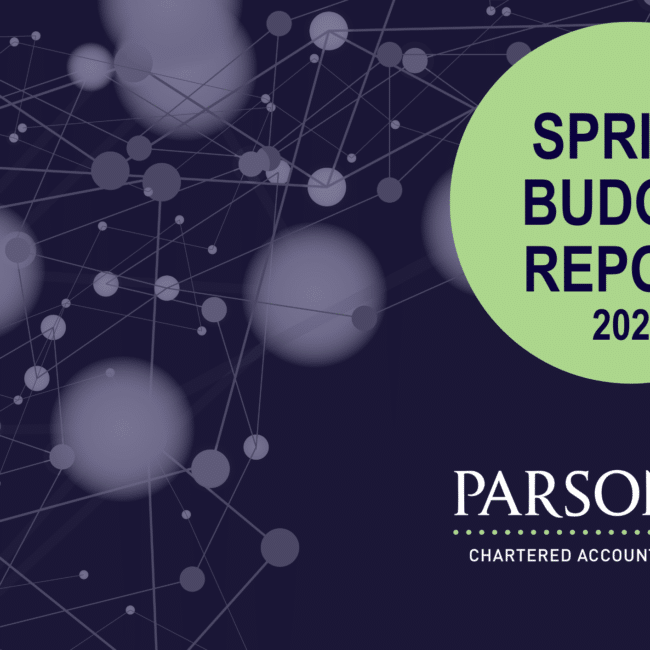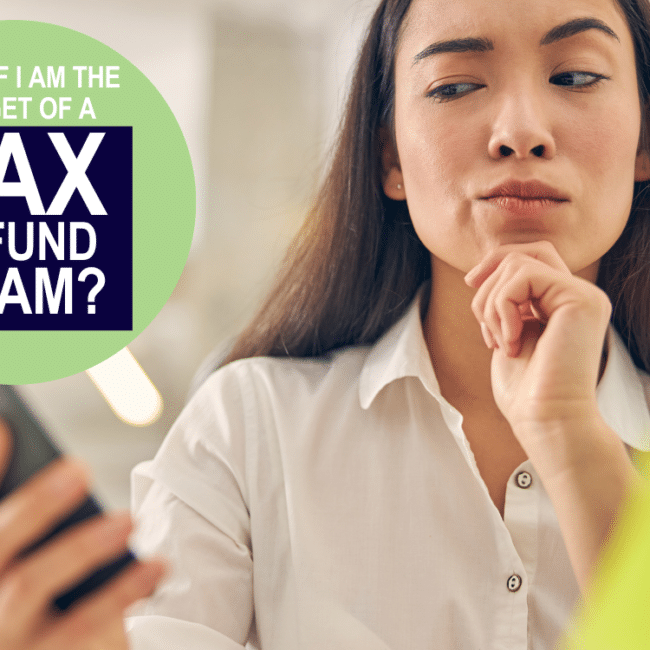
How can sole traders, freelancers and landlords prepare for ‘Making Tax Digital’?
Making Tax Digital for sole traders, freelancers and landlords – changes postponed to April 2026
If you’ve been running a VAT registered business you’ll know all about Making Tax Digital, but the rules don’t yet apply to freelancers, sole traders, or landlords. Changes were originally scheduled to happen on 6 April 2024. However, just before Christmas 2022 HMRC gifted some extra time, in the form of a two year postponement.
From April 2026, self-employed individuals and landlords with an income of more than £50,000 will be required to keep digital records and provide quarterly updates on their income and expenditure to HMRC through MTD-compatible software. MTD for income tax self-assessment (ITSA) will apply to individuals’ annual income of more than £10,000. Most businesses will have two years to prepare and test the service voluntarily prior to its introduction. This article outlines what you need to know.
What’s changing?
If you’re one of the 4.2m people running a business earning more than £10,000, you need to know about the changing requirements for submitting electronic tax information, known as Making Tax Digital (MTD). You might also see it described as Making Tax Digital for Income Tax.
This date marks the point at which almost every type of business structure, with the exception of partnerships, will have to file records digitally if it has income (not profit) of more than £10,000. It applies to sole traders and landlords who are not VAT registered in time for the changes.
All businesses in existence before 6 April 2026 will have to follow the new legislation.
Practically, this means that from 6 April 2026 you’ll need to be using MTD-compliant software to submit tax information on at least a quarterly basis. The changes will mean the end of paper Self-Assessment Tax Returns, and could mean quite a lot of changes for people who still like to file paper expenses and use spreadsheets to keep on top of their accounts.
From 6 April 2027, rules will apply to general partnerships with business income or property income that only have individuals as partners. All other partnership models e.g. corporate partners and LLPs will join at a future date.
What’s the point of Making Tax Digital?
The government’s intention is to make people’s tax estimates more accurate. Submitting quarterly instead of annual information means people will have a more regular view of what their tax liability will be, which should mean there is less of a nasty shock when the final bill is calculated.
Currently there could be a nine-month lag between completing your financial year in April and filing your annual tax return and paying the bill by 31 January. Eventually tax liabilities will be collected more often too, meaning the government has more cashflow.
Am I a sole trader for the purposes of MTD?
A sole trader is someone who runs a business as an individual, not through a company or other legal structure. You need to have notified HMRC if you work this way, as you’ll be responsible for paying any tax on your earnings.
Previously, sole traders completed a Self Assessment Tax Return once a year. The MTD changes, and the move to compatible software, replace the need for this as information is sent to HMRC quarterly. If you want to know more about how much tax liability you have, you can choose to send updates to HMRC more often. Some people might find this helps with cashflow.
You’ll also have to submit an End of Period Statement (EOPS) for each business you run. If you are a sole trader and also a landlord, for example, you’ll have to complete two as these relate to the business, not the individual person. This will be similar to the current SA103 and SA105 schedules which you might already work with your accountant to provide. These statements include any allowances or tax reliefs your businesses can claim, so tend to need the expertise of an accountant to prepare.
The final declaration
By 31 January following the end of the tax year you’ll then need to use your software to send a final declaration for all of your income for the previous tax year. This is your opportunity to finalise all of your income, expenses and allowances to end up with an accurate tax bill.
So on 31 January 2028, you’ll be finalising all of your information for the 2026-27 tax year.
This is your opportunity to make sure you have given HMRC all of the information it needs and to state that you agree with its income tax calculation. The final declaration pulls together all of the income you have submitted in your quarterly updates about income and expenses, along with extra information such as income from property, dividends and interest.
You’ll also need to pay any tax you owe by midnight on 31 January.
Exemptions from the digital tax process
There are limited exemptions from Making Tax Digital, which only apply to businesses and people who cannot reasonably or practically use computers, software or the internet.
This might be about your age, a disability or running your business from a remote geographical location, for example. If you think you fall into this category you’ll need to apply to HMRC for an exemption.
Things you need to do to prepare for MTD for sole traders
- Explore your options for MTD-compliant accounting software. It doesn’t have to be expensive and there are plenty of options. Parsons uses Xero and our clients tell us that it simplifies their book-keeping and accounts.
- Understand your accounting periods. Quarterly updates will be due three months after your financial year begins. This could be on 6 April, or you could have chosen another date, for example the date on which you started trading.
- Align your accounting periods if you have different businesses. This will simplify the submission of information for all of them. The easiest way to do this is to have 5 April as your year-end date.
To talk through how Making Tax Digital for sole traders and landlords will apply to you, or to find out how you can make a transition to digital accounting, contact our team.







